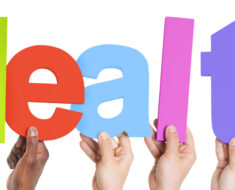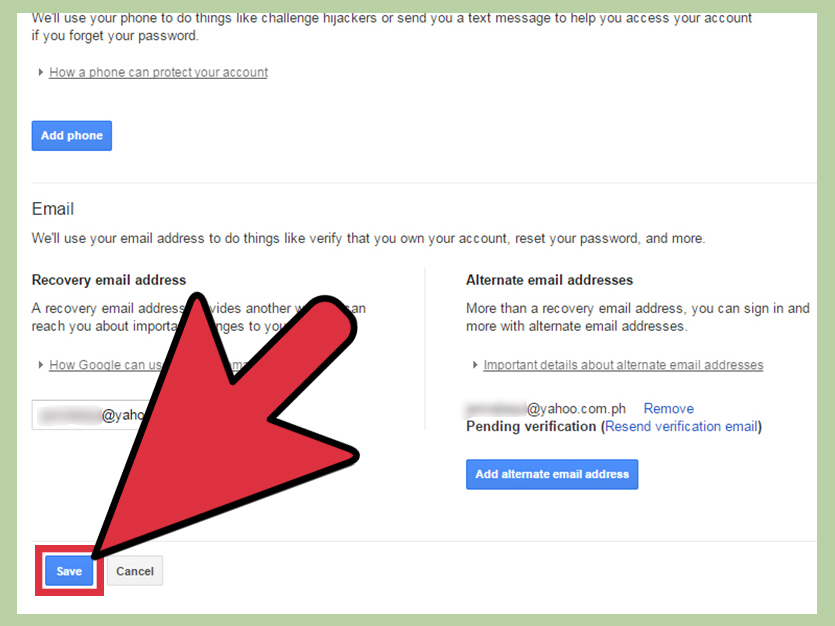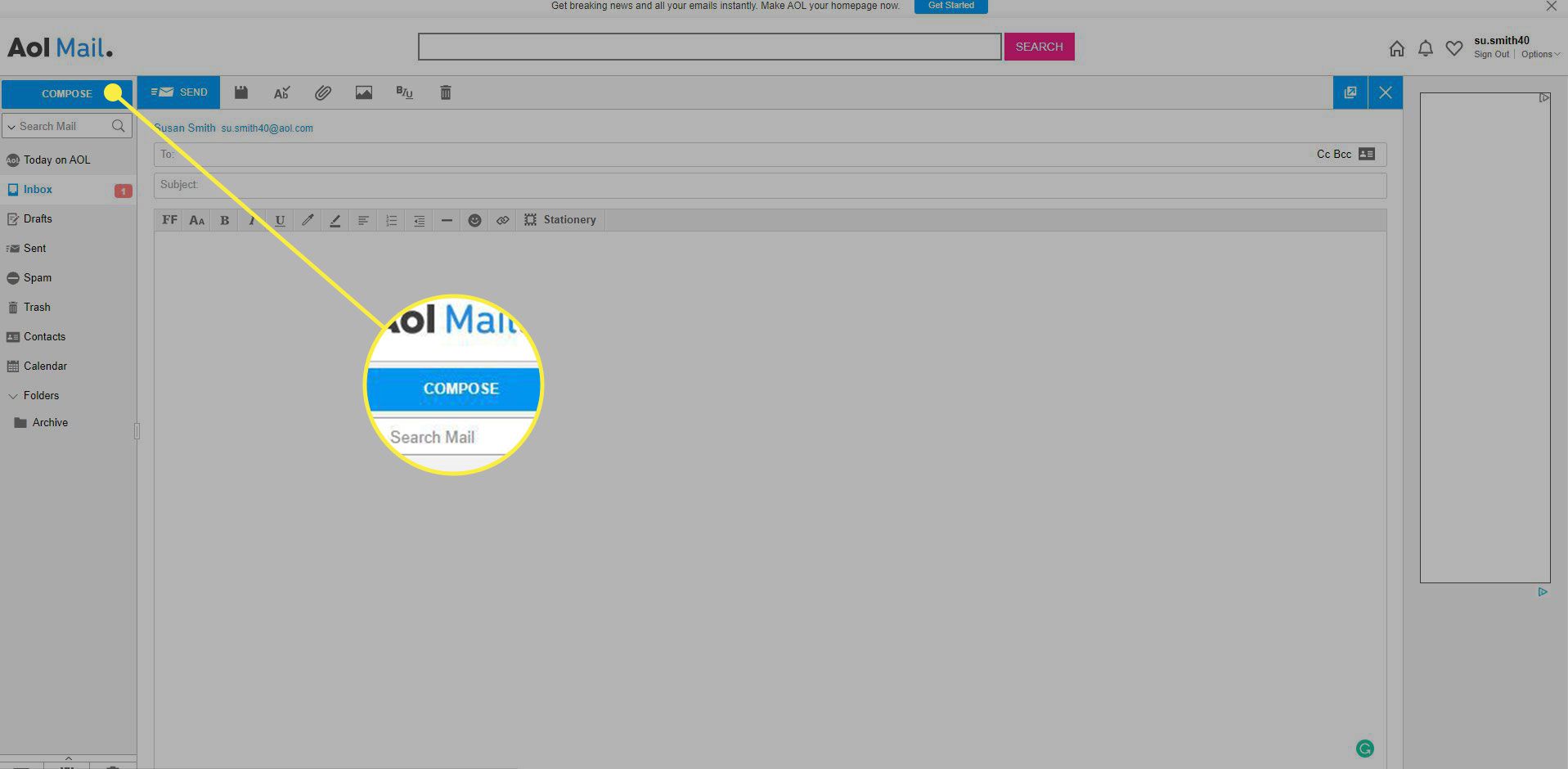Health literacy can be defined as the competencies of people to access, understand, evaluate and apply information to make health decisions in daily life. Help people make healthy choices in times when the lines between work and life are no longer so clear.
When people get sick, they seek the best possible treatments. But how could they know about those treatments if they’re not provided with easy-to-understand information in the first place? Pharmaceutical companies develop countless drugs and devices to help people manage their condition, but only rarely are ads presented in a way that educates the patient. By spending more time ensuring that all of their communications are clear to people of all educational levels, pharmaceutical companies can improve health literacy.
Challenges Faced with Health Literacy
According to the Office of Disease Prevention and Health Promotion (Health Communication Activities), more than one-third of US adults (77 million people) would have difficulty with common health tasks, such as following instructions on a prescription drug label or complying with childhood immunizations. schedule using a standard chart.1
A report released by the Institute of Medicine suggests that 90 million people, nearly half of the US adult population, lack the health literacy skills necessary to understand and act on health information and the demands of the public. health system.2 Healthcare advertising has a long way to go before patients can find it easier to relate to and understand the information they receive from these businesses.
The current methods used to market to people with health problems are causing patient education to fall by the wayside. People find actors and models less identifiable compared to actual patients. If patients lack the necessary health knowledge to understand the advertisements, the information provided could confuse or misinterpret them.
“ONLY 12% of adults have competent health literacy“
The US Department of Health and Human Services reported that only 12 percent of adults have competent health literacy.3 Poor patient education could lead to poor management of chronic conditions and even cause setbacks. People may miss much-required appointments or tests, lack the ability to manage conditions, be frequently hospitalized, and face increased health care costs. If patients are not aware of the questions to ask about their medications, in essence, how the medication would work or react, they could experience negative results.
Health literacy as a strategic marketing asset and corporate social responsibility
Health literacy can become less of a challenge if both pharmaceutical companies and health care providers take steps to educate their patients. The rapid development of different communication channels has made people seem omnipresent. This gives healthcare professionals access to a variety of communication channels (social networks, blogs, community forums, patient education campaigns, etc.) to convey health information.
While there are many ways pharmaceutical companies can improve marketing through health literacy, the first step would be to start by writing information that is easy to understand.
“Simplicity is the ultimate sophistication.”
-Leonardo da Vinci
The use of technical jargon (in this case, industrial medical terminology) can interfere with health literacy because patients cannot understand what the words mean. Pharmaceutical companies must stick to the local language and writing style to ensure that people know what they are doing when using a specific medical device or taking a medication.
Even the way information is presented can improve comprehension. The US Department of Health and Human Services suggests that text should be in at least a 12 point font with little or no formatting, such as hyphenation or italics.4 Images and bullets can be used to space information and Add meaning to your communication. Facts should be presented in short sentences and phrases so that patients do not feel overwhelmed when reading health literature.
Multichannel marketing has its own set of challenges. Pamphlets and brochures offer small bursts of information in one place. However, when it comes to websites, most people have a hard time searching for information. If pharmaceutical companies are looking to expand their web presence and invest in various web marketing activities, it will be wise to design sites that are easy to use. These websites should have clear categories, keep the design simple, and use a variety of media.
Given the explosion of information now available to patients, direct-to-consumer advertising is the best bet for pharmaceutical companies. By presenting the information in an easy-to-understand way, pharmaceutical companies can increase patient education with their publication.





